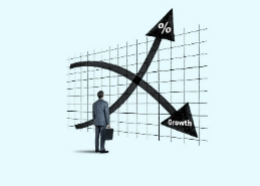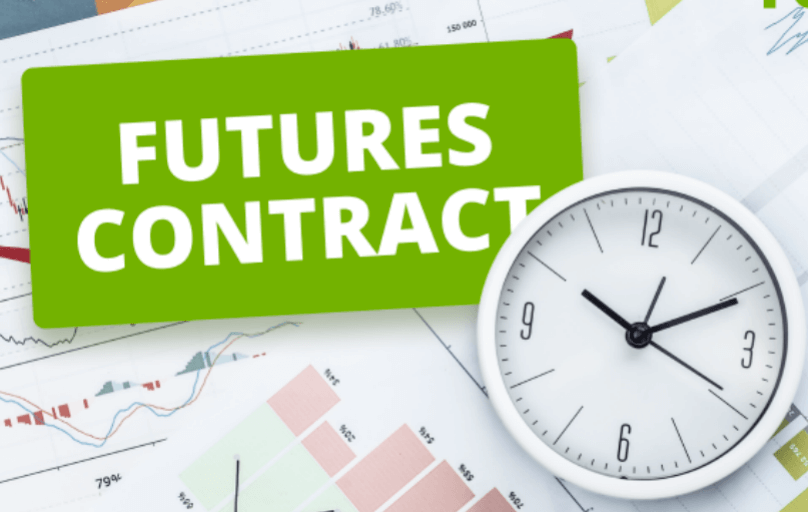Investment in dividend stocks is an excellent plan for any individual seeking a predictable and sizable source of income. This investment may provide some form of passive income generation and potential growth in the investment pool. In this article, we will discuss what a dividend investment is, how to select dividend-paying stocks, and advice on how best to construct a sustainable income portfolio.

Understanding Dividend Securities Investment
Investment in dividend securities involve buying stocks of companies that typically pay out a percentage of their profit to investors. Such payments are known as dividends. Companies that distribute dividends typically are quite mature, sometimes having a stable flow of revenues.
Benefits of Dividend Investing
- Consistent Income: Dividend payments may be a constant source of income, particularly important to retirees.
- Accumulative Growth Compounding Dividends: The payment of dividends can potentially lead to tremendous growth in earnings for a long time. In the long run, it is associated with high growth in total earnings.
- Less Volatility: Dividend stocks have relatively lower volatility than their non-dividend counterparts. Lower volatility enables your investment to be safer while during times of market instability.
Measuring Dividend Stocks
A good metric for judging dividend-paying stocks is the yield of dividend. That measures yearly dividend by its stock price. So, if a stock pays annual dividend of $2 per share and it is selling at $50, the dividend yield based on this will be 4%. As per 2023 report by Fidelity Investments, it is revealed that at an average annual rate of 1.5%, dividend paying equities have outperformed, on average, those which do not pay a dividend over the past ten years. This real-life performance metric illustrates the benefits of including dividends in your investment approach.

Selecting the Right Dividend Stocks
Not all dividend stocks are created equal. Here are some key factors you should look for when choosing dividend-paying companies.
- Dividend History: Seek those companies which have a long history of paying and increasing dividends. For example, S&P 500 companies that have raised their dividends for at least 25 consecutive years. These companies are generally healthy.
- Payout Ratio: Payout ratio means the percentage of earnings distributed as dividends. A payout ratio of 60% or higher may serve as a red flag - perhaps a company is distributing too much from its earnings, endangering future dividend payments. Select companies having a payout ratio between 30% and 50%.
- Financial Health: Analyze the company's financial statements. A strong balance sheet will, overtime ensure sustainable dividend distribution. Some of the key metrics here are as follows:
- Debt-to-Equity Ratio: One that is below 1 time is generally recommended. It depicts the scenario that a company has more equity than debt.
- Free Cash Flow: The is the cash which a business generates after paying all kinds of capital expenditures. A positive free cash flow suits well with the sustainability of dividends.
Building Sustainable Income Portfolio
Now that you have learned the basics of dividend investing, it is time to set up your portfolio. The following are some strategies in building a sustainable income portfolio.
- Diversification: Do not put all your eggs into one basket. It is proper to diversify across sectors, such as technology, healthcare, and consumer goods. Reduced risk will greatly enhance the possibility of having steady income. For instance, suppose you have invested $1,000 in a healthcare dividend stock with a yield of 4% and $1,000 in a technology stock with a yield of 3. Your total expected income would be $70 per year.
- Investing Dividends: Open a Dividend Reinvestment Plan (DRIP). It is an account that automatically reinvests dividends into buying more shares of the stock. This compounding effect can help grow funds much more rapidly. Reinvesting dividends is almost as effective in increasing the value of an investment over a 20-year period, according to a study by the S&P Dow Jones Indices.
- Portfolio Review: Keep track of your investments. You have to keep monitoring the performance of your dividend stocks from time to time. If a company cuts its dividend, you should sell and reinvest somewhere else. Knowing how things go in the market enables you to make better investment decisions.

Dividend Investment Portfolio Outlook
It is a great asset in building a sustainable income portfolio by picking high dividend stocks and diversifying one's investments. Thus, one can make an income stream while allowing a portfolio to grow. As with every other investment strategy, it demands that a person do very good research and he or she must seek the advice of a financial advisor if necessary. In such a well-thought-out approach, a person can build his own financial goals through dividend investing. Since these are guidelines and strategies, you will be able to develop your dividend investment portfolio correctly, which will help it withstand the test of time.





